|
John Tyman's Cultures in Context Series EGYPT and the SAHARA www.johntyman.com/sahara |
|
3.2 Judaism and Christianity :: Pt. I: 165-179 |
| . |
|
John Tyman's Cultures in Context Series EGYPT and the SAHARA www.johntyman.com/sahara |
|
3.2 Judaism and Christianity :: Pt. I: 165-179 |
| . |
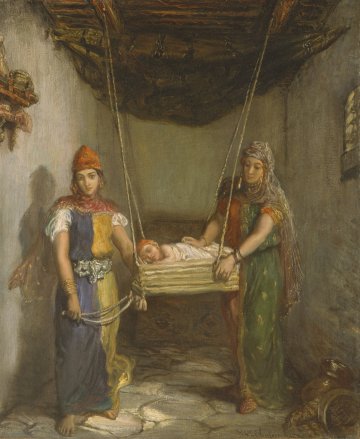 |
| .166. At one time Jewish communities were dotted all across North Africa. Many of these disappeared with the advance of Islam, but not all. Egypt still had a Jewish population of 80,000 in the early 20th century. They were active in business and finance and contributed significantly to the modernization of the Egyptian economy. However, most of them left following the creation of the state of Israel in 1948. The Jewish community in Algeria dates from the 1st century CE, but most of them left when Algeria gained independence as they had previously been granted citizenship in France. (“Scene in the Jewish Quarter of Constantine”, painted by Theodore Chasseuriau in 1851 at Metmuseum.org) |
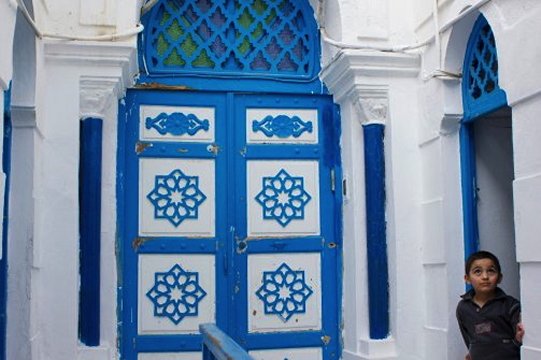 |
| .167. Tunisia had 100,000 Jews in French colonial days: but, similarly, many of them fled when the country gained its independence in 1956: and many more left following subsequent bursts of Arab nationalism. In Tunis today there are just 300 Jews, two kosher butchers, and one synagogue -- the Beit Mordechai Synagogue in La Goulette, a suburb of Tunis, which formerly had 13 synagogues. (The Daily Beast.com) |
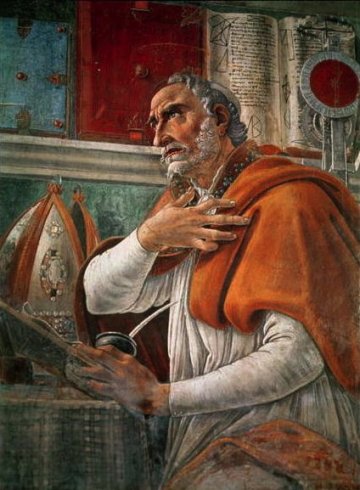 |
| .168. Till the arrival of Islam, Christian churches, too, were scattered all across North Africa. Saint Augustin, considered by many to be one of the theological fathers of the Protestant Reformation a thousand years later, was bishop of Hippo (in the Algeria of today) in the 4th century CE. (Wikipedia) |
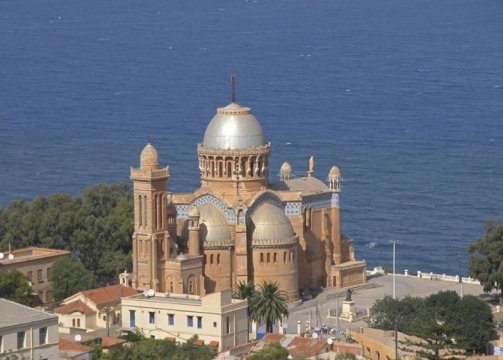 |
| .169. Christianity was brought to North Africa by the Romans but almost disappeared after the Arab invasion in the 7th century. It was revived somewhat during the colonial era, when churches were built by the French: but Christians in Algeria today represent less than 2% of the total population. (The basilica of Notre Dame d’Afrique in Algiers at Wikipedia) |
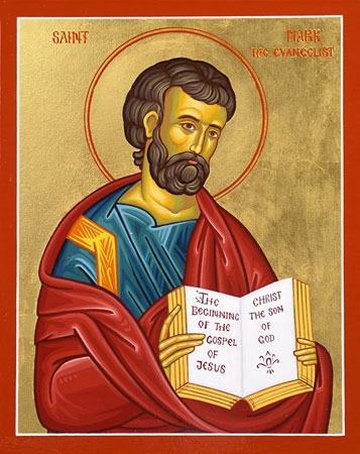 |
| .171. St. Mark is believed to have brought Christianity to Alexandria in the first century CE, and it spread throughout much of Egypt in next century. The Christian religion seemingly appealed to people seeking inner purity and pre-occupied with the after-life. Christians were persecuted by the Romans initially, and many sought refuge in the desert: but the number of converts increased when the Roman Empire, of which Egypt was then part, was declared to be Christian by the Emperor Constantine in 313 CE. (Icon of St. Mark at 2.bp.blogspot.com) |
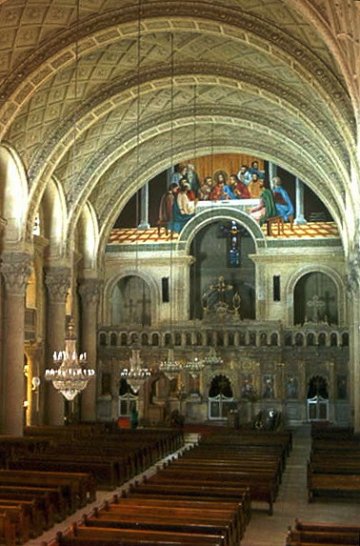 |
| .174. Alexandria was the site of the world’s first Christian university, and its scholars helped clarify Christian beliefs and formulate basic dogmas. The Patriarch of Alexandria originally ranked second only to the Pope in Rome. (St. Mark’s Coptic Cathedral in Alexandria at Wikipedia) |
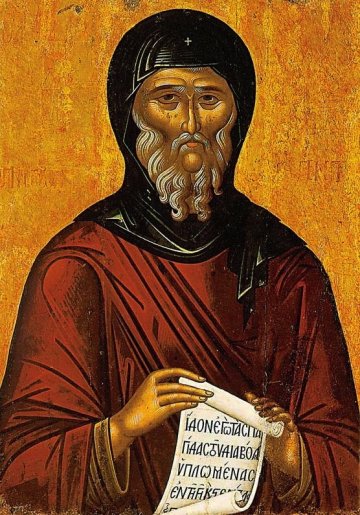 |
| .176. Between the 4th and the 7th century CE the desert south of Alexandria was actually an area of pilgrimage, and it still occupies an important place in the evolution of Christian spirituality. The many hundreds of “Desert Fathers’ who lived here then in total isolation (and there were nuns too) believed that from the solitude and the physical privations they suffered they would learn stoic self-disciple (asceticism). St. Anthony the Great, who moved to the desert in 270-271, is known as the father of desert monasticism. (Icon of Anthony courtesy vatopaidi.files.wordpress.com) |
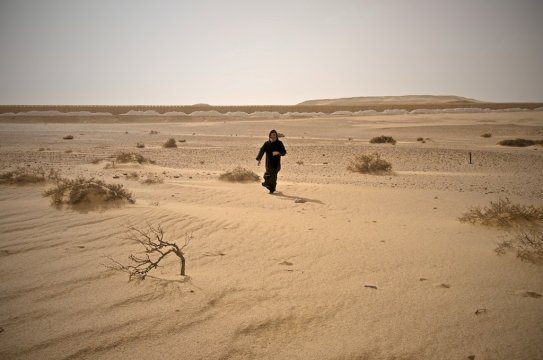 |
| .177. Desert life, they believed, would teach them to turn away from the things of this world and follow Christ more closely. They renounced all the pleasures of the senses -- rich food, baths, rest and anything that made them feel comfortable. Instead they focused on interior silence and continual prayer; and stressed the need to practice the teachings of Christ in daily life -- in place of mere theoretical assent. Much of what they wrote is highly regarded still, and quoted in devotional books. (Courtesy 2.bp.blogspot.com) |
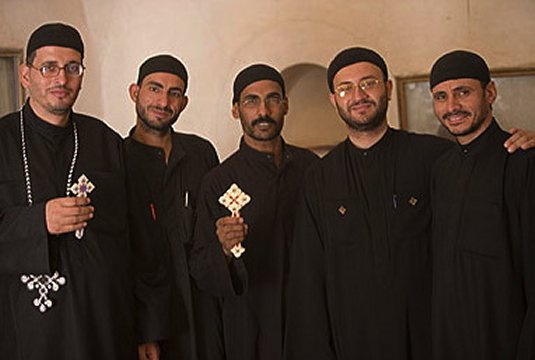 |
| .178. And the Desert Fathers’ commitment to inner purity and to abstinence as the keys to holiness is reflected in devotional practice today. For half of each year, Copts are forbidden to eat animal food of any kind, which means milk, cheese, eggs and butter as well as meat. (Coptic monks at Wadi Natrun, courtesy Touregypt.net) |
![]()
Text and photos by John Tyman
unless otherwise indicated.
Intended for Educational Use
Only.
Contact Dr. John Tyman at johntyman2@gmail.com
for more information regarding
licensing.
![]()
www.hillmanweb.com
Photo processing, Web page layout,
formatting and hosting by
William
Hillman ~ Brandon, Manitoba ~ Canada